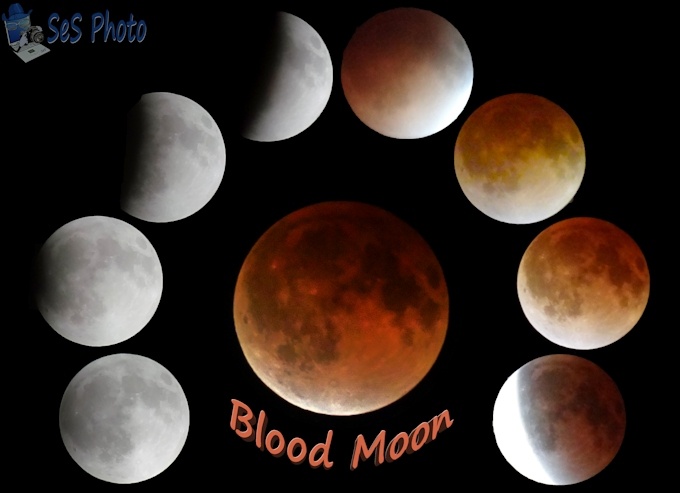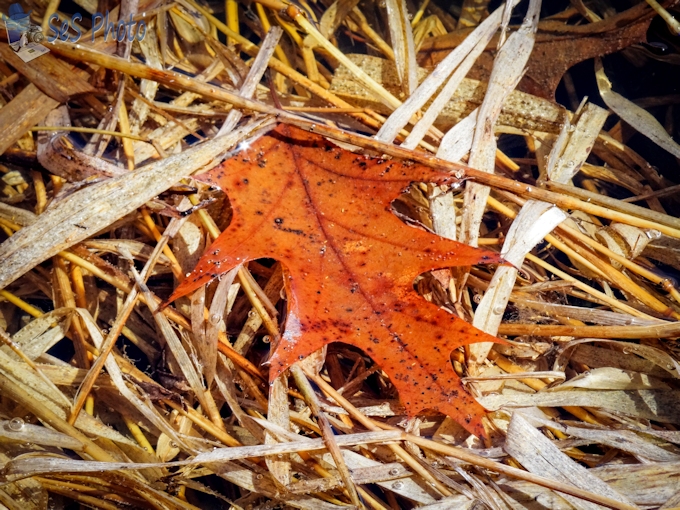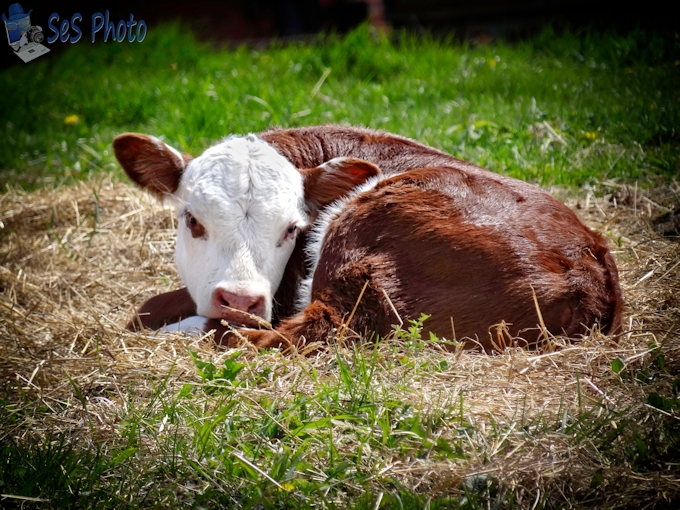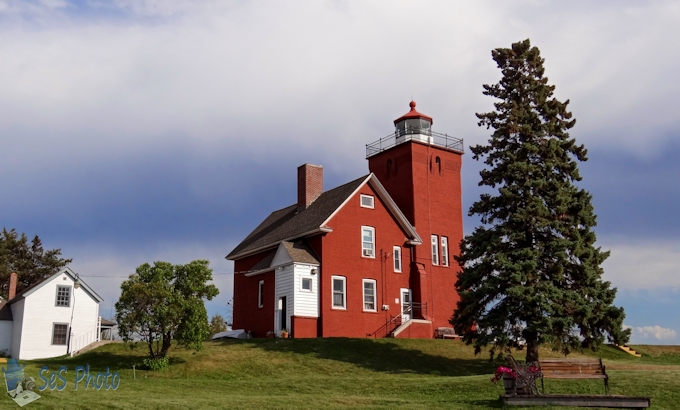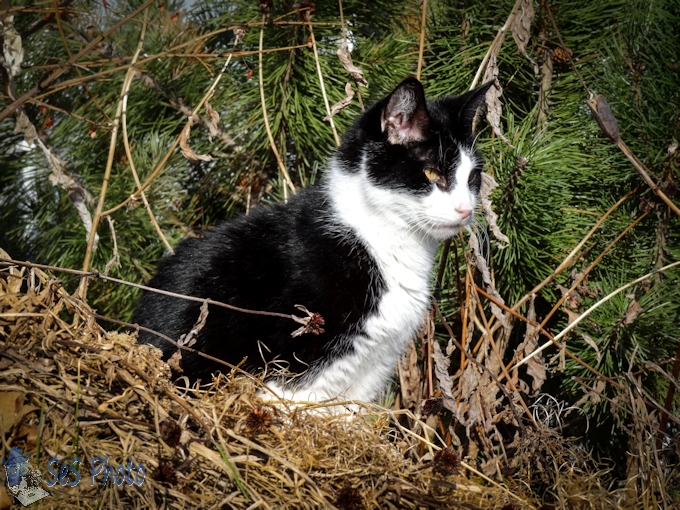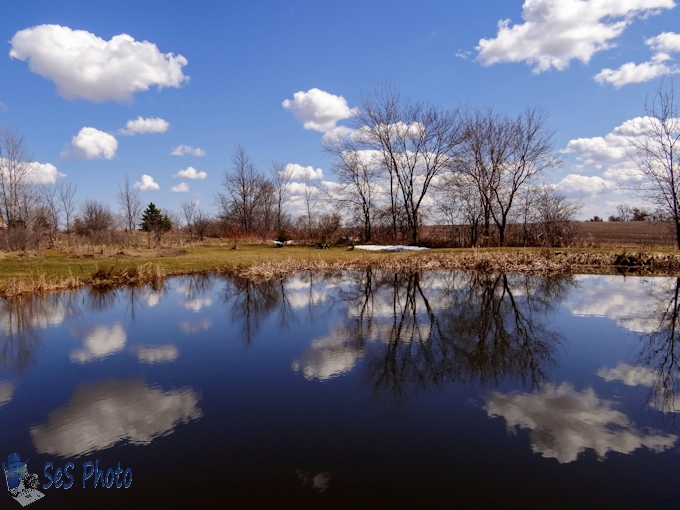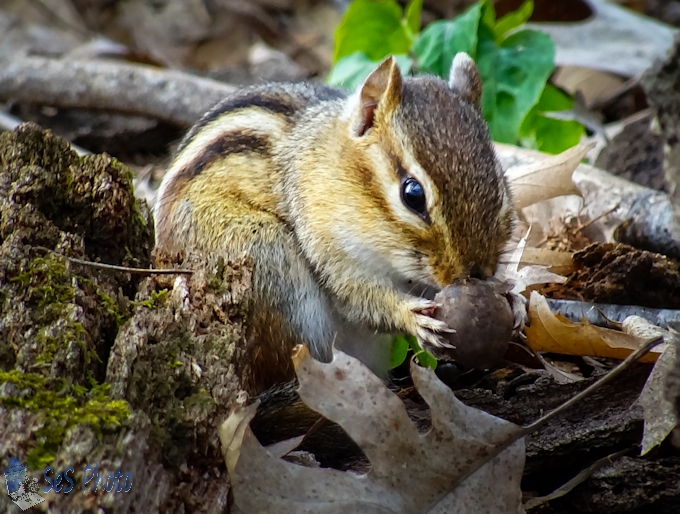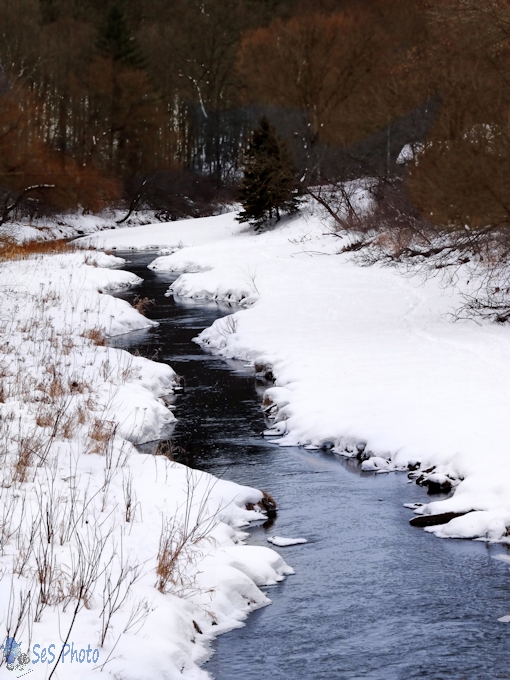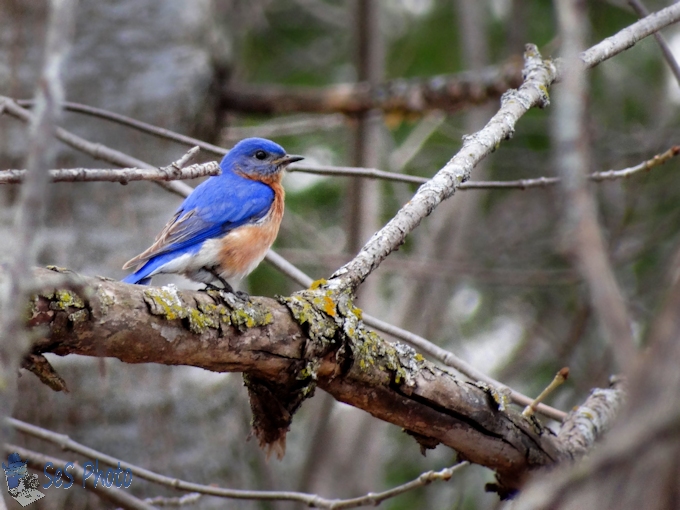April 15th is dreaded by some since today individual income taxes are due in the United States and April 15th has had other tragic events like the Boston Marathon bombing, the sinking of the RMS Titanic and Abraham Lincoln dies from an assassin’s bullet. And a ‘blood moon’ seemed rather eerie in the early morning hours especially when the moon totally disappeared when I was trying to take pictures of the eclipse. The moon disappeared and the owls stopped hooting so it looked like the world was ending, at least when a lone cloud covered the moon from sight for a few minutes.
The first lunar eclipse of the tetrad (a series of four consecutive total eclipses occurring at approximately six month intervals) today was when Mars was also the closest to Earth in years. The 21st century will see frequent tetrads but during the three hundred period between 1600 to 1900 there was no tetrads so Abraham Lincoln never got a chance to witness a lunar tetrad.
The red of the ‘blood’ moon actually comes from the Earth’s circumference, which is a fiery ring of sunsets and sunrises around the world (except for where some of us were standing out in the night in below freezing temperatures taking pictures). The red light entering the atmosphere is bent towards the Earth’s surface and it is bent again when it exists the other side and the double bending beams reddish light into the heart of Earth’s shadow and the coppery glow transforms the moon into a great red orb or bloody moon.
Blood Moon
